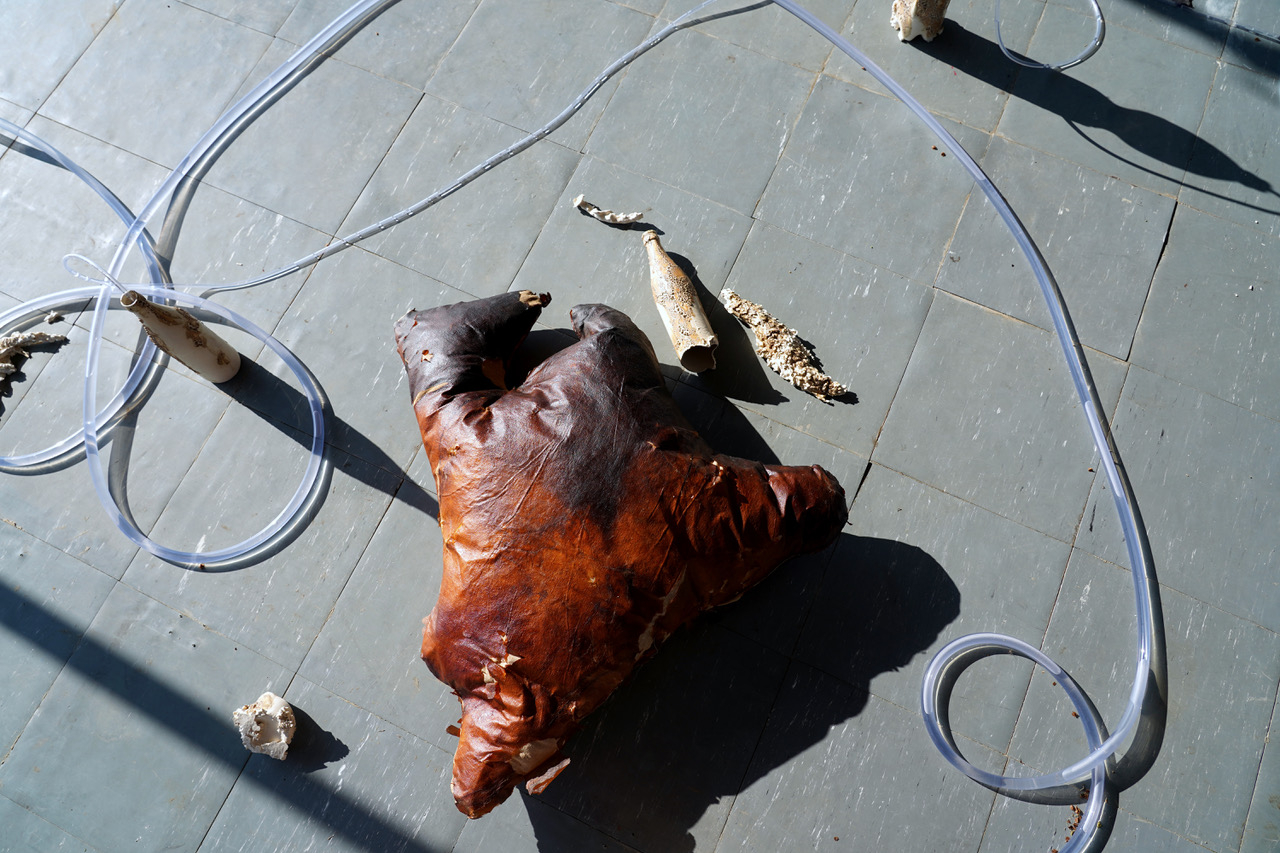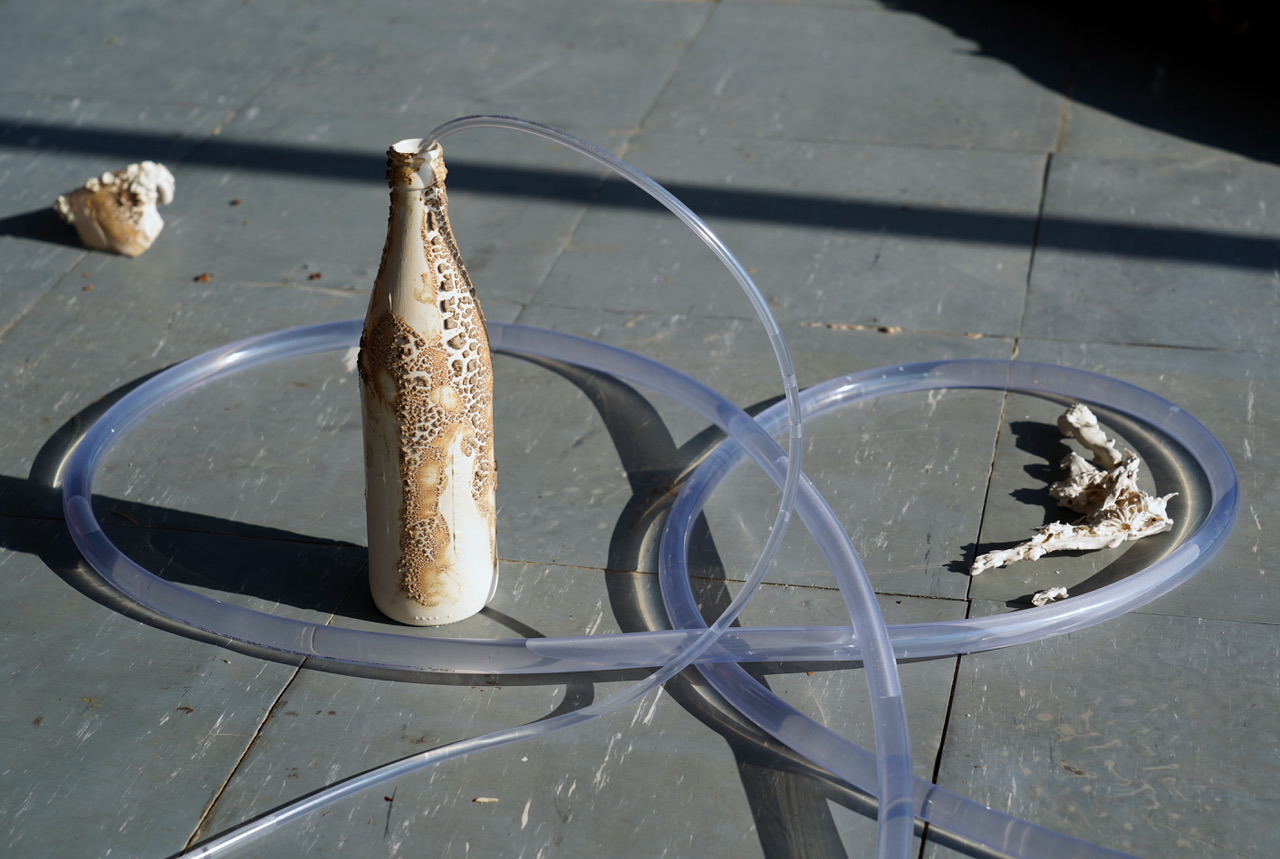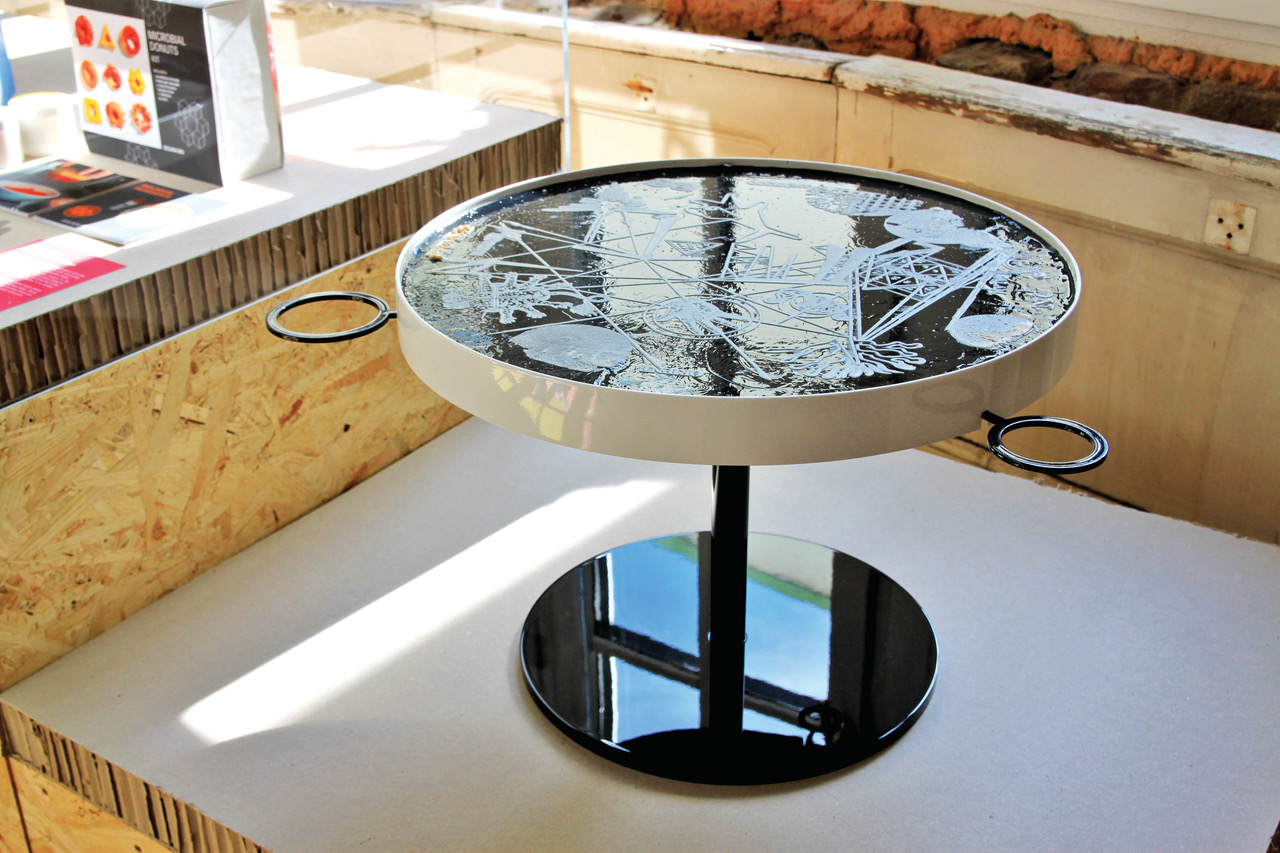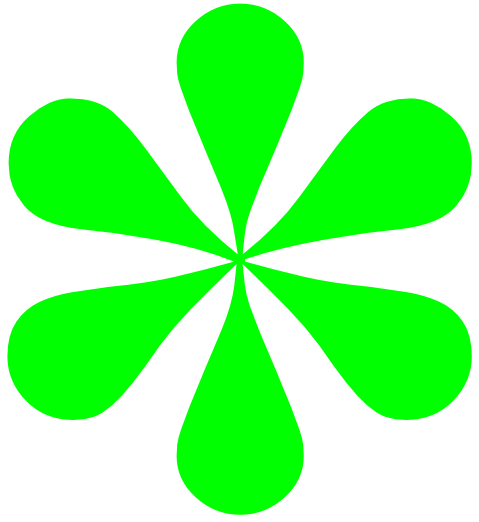KRISTIN WEISSENBERGER

“Ich muss meine Sinne
wie meine
Gedanken
ziehen lassen, und
meine Augen sehen,
ohne zu
blicken.
(..) gehenicht zum
Gegenstand;
lass ihn zu
dir kommen.“
Thoreau
#ARTS-BASED RESEARCH #BIO #BODY #CERAMICS #ECOLOGY #INSTALLATION #MATERIAL #SCULPTURE #SCIENCE #PERFORMANCE
BIO. Kristin Weißenberger (* 1982), is a visual artist based in Vienna. In her work she tries to
fathom the relationship of so-called natural processes or materials with, technology- or
craftmanship – based, man-made objects. In her installations, sculptures and performances
she often uses ceramics in combination with biological matter. She studied Art History and
African Studies at the University of Vienna and Stage & Film Design at the University of
applied Arts. Weissenberger is part of the Art & Science Club pavillon_35.

Pyro Bodies (2019)
Sculpture, installation
The sculptural series Pyro Bodies has been inspired by findings of pyroplastic pebbles on a beach in Milos, Greece, in 2019. Plastiglomerates or pyroplastics are amalgams of natural debris and burnt plastic waste, of human origin. Eroded by the elements pyroplastics get a stone like appearance, like something geological. This process of formation brings up questions about authorship and agency. Agency cannot be reduced to single entities, no matter if human or non-human, but it can be interpreted through networked interactions of human and non-human actors and actants.In analogy to the formation of pyroplastics stoneware, earthenware, glass, stones or metal are melted together into material-semiotic composites. The mycelium objects, preserved by heat after processes of nurturing and growth, explore the same questions concerning authorship and agency and ask in what way material-semiotic interactions influence our morality, ethics and politics, since mycelium is seen as a sustainable substitute for plastics. Pyro Bodies is also a speculation about what could possibly be found on future beaches.



Photos: © Günter Seyfried
Fluidic Remembrane (2020)
Performative action and installation
Fluidic Remembrane was an action and spatial installation based on the olfactory and sculptural mapping of the meadow and social space surrounding the Notgalerie. A sensual field of situative, vibrant matter and an additional part of an open series which aims to fathom the agency of objects and material. Fluidic Remembrane included the extraction of a smellable fluidic supplement to boost remembrance and reused and reshaped bacterial cellulose-elements of the happening L’esprit micro, which took place at the Notgalerie in 2017.


Azimuth (2017)
Sculpture, object
Azimuth is a temporary sculptural object, consisting of a metal rotary plate and a living yeast culture on a lab-growing-medium. The silk screen printed yeast shows the Nazca Lines, a group of very large geoglyphs formed by depressions or shallow incisions made in the soil of the Nazca Desert in southern Peru. They were created between 500 BC and 500 AD. Their purpose is still not determined. As the yeast culture is a non-stable biological matter, the print started to grow further and decompose during the course of the exhibition. The work was created in collaboration with Günter Seyfried.
